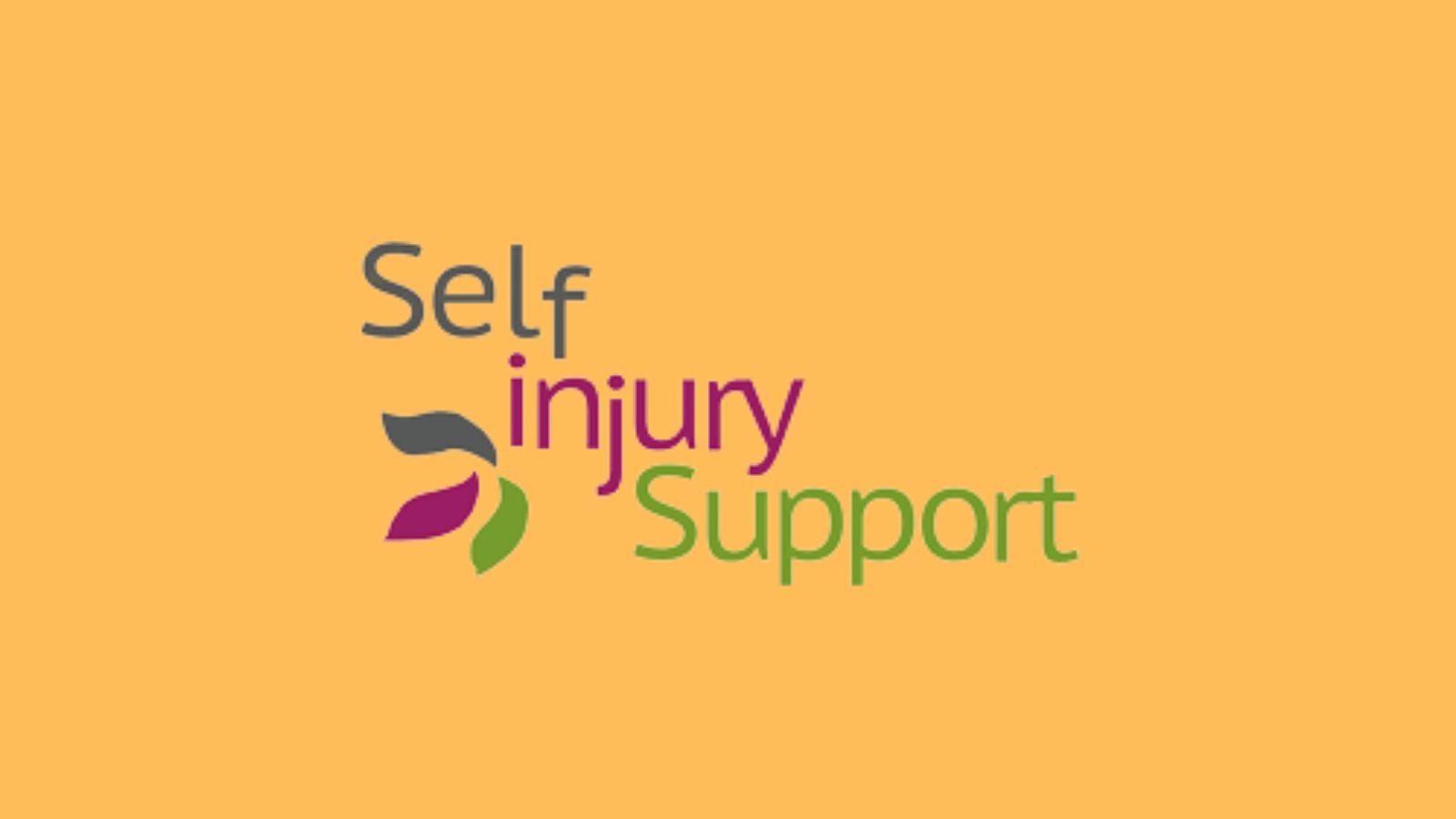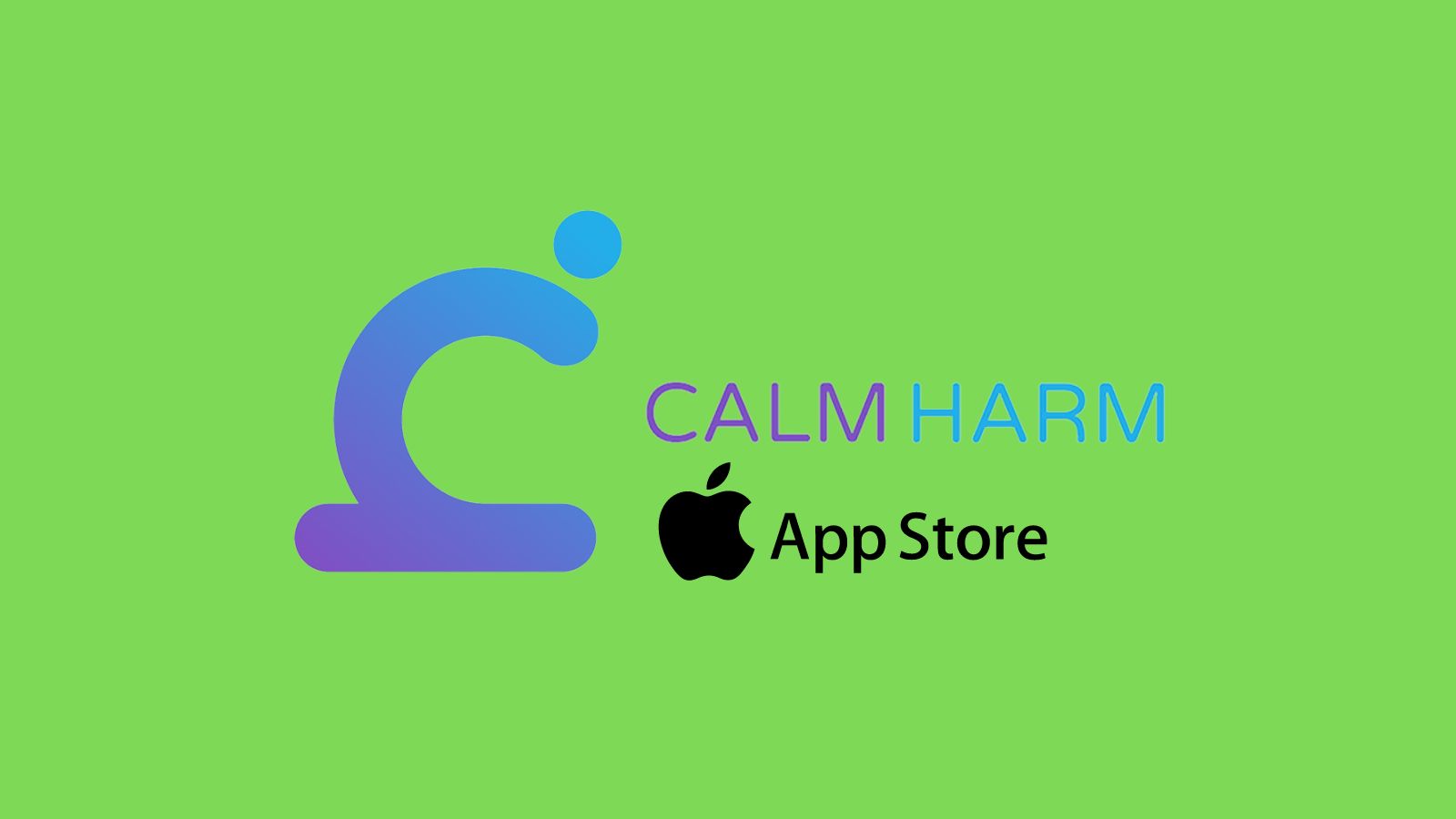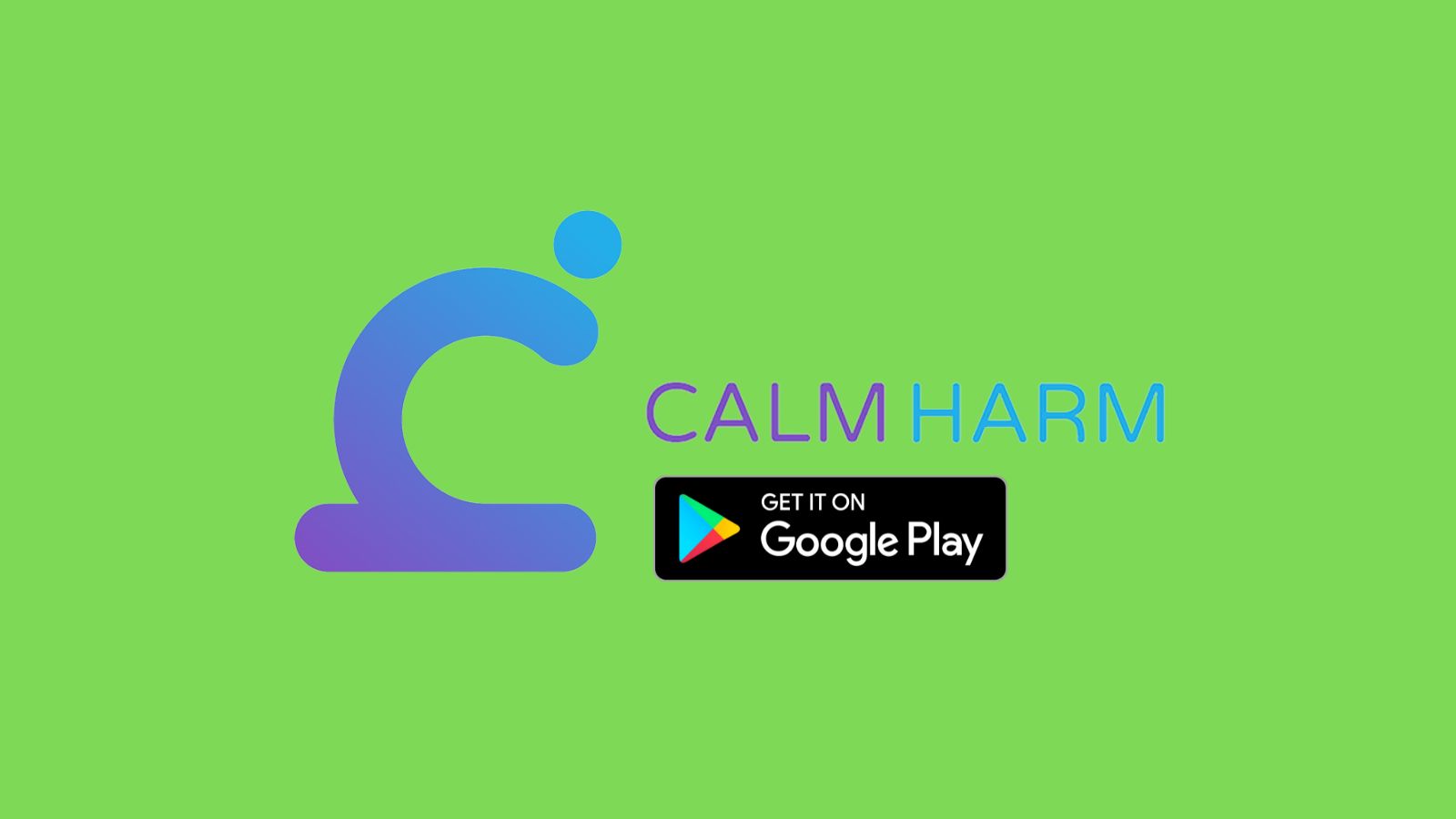Managing Self Harm
Managing Self Harm
Managing Self Harm
What is self-harm?
Self-harm is when someone hurts themself as a way of dealing with very difficult feelings, painful memories or overwhelming situations and experiences. It can be the thing people turn to when they feel they have no other option. Self-harm is any behaviour, such as self-cutting, swallowing objects, taking an overdose or running in front of cars, where the intent is to deliberately cause self-harm. There are lots of different forms of self-harm. Some people use the same one all the time, whereas other people hurt themselves in different ways at different times.
Self-harm is not:
• a form of manipulation;
• attention seeking;
• done for pleasure;
• a group activity; or
• only carried out by those who are interested in ‘Goth’ sub-culture.
Why do people self-harm?
There are two main drivers:
A cry of pain – distress tolerance via self harm
A cry for help – communication of distress via self harm
Research indicates the seven main functions of self-harm are (Klonsky, 2007):
Affect regulation: to alleviate negative affect 9low
Anti-dissociation: To feel real
Anti-suicide: To replace/avoid impulse to enact suicide
Interpersonal boundaries: To find control when feeling out of control
Interpersonal influence: To seek help/care
Self-punishment: To express anger towards self
Sensation-seeking: For exhilaration
Warning signs
There may be a change in behaviour of the young person which is associated with self-harm or other serious emotional difficulties, for example:
changes in eating/sleeping habits;
increased isolation from friends/family;
changes in activity and mood, e.g. more or less irritable or aggressive than usual;
lowering of academic grades;
abusing drugs or alcohol; and/or
expressing feelings of failure, uselessness or loss of hope.
There may be no warning signs, and often people who self-harm go to great lengths to conceal their injuries so it can be hard to know for sure if a person does self-harm. If you notice any change in a child or young person that concerns you, it is important to start a conversation with that child or young person. If you do not feel able to do this, ask an appropriate staff member and follow your school’s safeguarding procedures. When assessing self-harm, it is important to consider how intentional the behaviour is, the lethality of the action and whether it is a one-off act or is something that a child or young person does frequently over a period of time.
What to do when a young person discloses that they self-harm?
Whether someone tells you directly or you suspect that someone is hurting themselves, it can be difficult to know what to say and how best to approach the situation. You might feel shocked, helpless, responsible or any number of difficult emotions. There are things you can do to make a difference to someone who self-harms. How you relate to them is one of the key things that can help them feel supported. Here are some things to keep in mind:
Try to be non-judgemental to avoid reinforcing the guilt/shame cycle associated with self-harm.
Let the person know that you are there for them.
Relate to them as a whole person, not just their self-harm. Remind them of their positive qualities and things they do well.
Try to show empathy. Acknowledge that for them the self-harm may feel like an effective coping strategy for managing difficult emotions.
Let them be in control of their decisions. Ask them what has helped them to deal with their difficult feelings in the past and which other adults should be part of their support team.
Offer to help them find support.
Encourage the young person to express their emotions, especially amongst young people who find it difficult to attach words to their emotions and where distress can be misunderstood as 'anger'.
Encourage daily alternatives to managing emotions, such as physical activity and mindfulness, to help prevent a build-up of negative emotions.
Support young people to practise coping strategies when in a state of calmness so they can be implemented more effectively when emotionally aroused.
Disclosures and confidentiality
The NSPCC states: “… strict reporting requirements have to be balanced out against young people’s wishes and their wellbeing, which produces challenging moral, ethical and legal issues that will need to be fully debated. In any case, if a young person is prepared to disclose, their courage to do so needs to be acknowledged and their views on the pace of events, and on how things should be handled, should be respected.” It can be very challenging to decide whether to break a young person’s confidentiality and disclose self-harm to their parents, or to other important adults in a young person’s network. However, a young person who is hurting him or herself is often struggling to manage intense distress without enough support and/or is struggling to communicate this. Very often, a reluctant young person can be persuaded to tell (or let you tell) their parents what has been happening. It is important for young people to be aware of your policy for confidentiality and know what to expect if they disclose their self-harm to a teacher or member of staff. Confidentiality will, no doubt, be a key concern for pupils, and they need to know that it will not be possible for their support member of staff to offer complete confidentiality.
Self-harm and suicide
It is common to feel scared about the possibility of someone seriously hurting themselves or even taking their own life. While it is understandable to have these fears, it is useful to remember that self-harm does not necessarily mean that someone wants to end their life. There are, however, a small number of people who do go on to take their own lives, either intentionally or accidentally, and one of the strongest predictors of suicide is a history of self-harming. It’s therefore important to have an honest conversation about staying safe – for example, being aware when things are getting too much and knowing when to seek help.
How should school respond to self-harm?
In the school policy, there should be a protocol of how to deal with self-harm in school. The protocol should include:
how and when a pupil’s parents are informed;
which staff are informed; and
how to support staff dealing with incidents of self-harm. There needs to be a designated member of staff to manage and co-ordinate the school’s response to self-harm. The school should also have a protocol of what to do if an adult finds a young person self-harming in school. See pages 11 and 12 for example flow charts of how to support young people.
What can schools do to prevent self-harm?
Devise a school policy, including a clear confidentiality policy
Educate school staff
Develop a support plan
Educate students to be ‘good friends’ by reporting peers’ distress
Address emotional well-being, promoting coping strategies and self-harm as part of the PHSE curriculum
Have crisis telephone numbers available and easily accessible to young people
Be mindful of contagion (when self-harm becomes a common occurrence amongst a group of young people)
Provide a supportive environment in school which is focused on building self-esteem and encouraging healthy peer relationships. IMPORTANT: Talking about self-harm does NOT lead to an increase in the behaviour or engage young people in self-harm.
Further guidance and support:
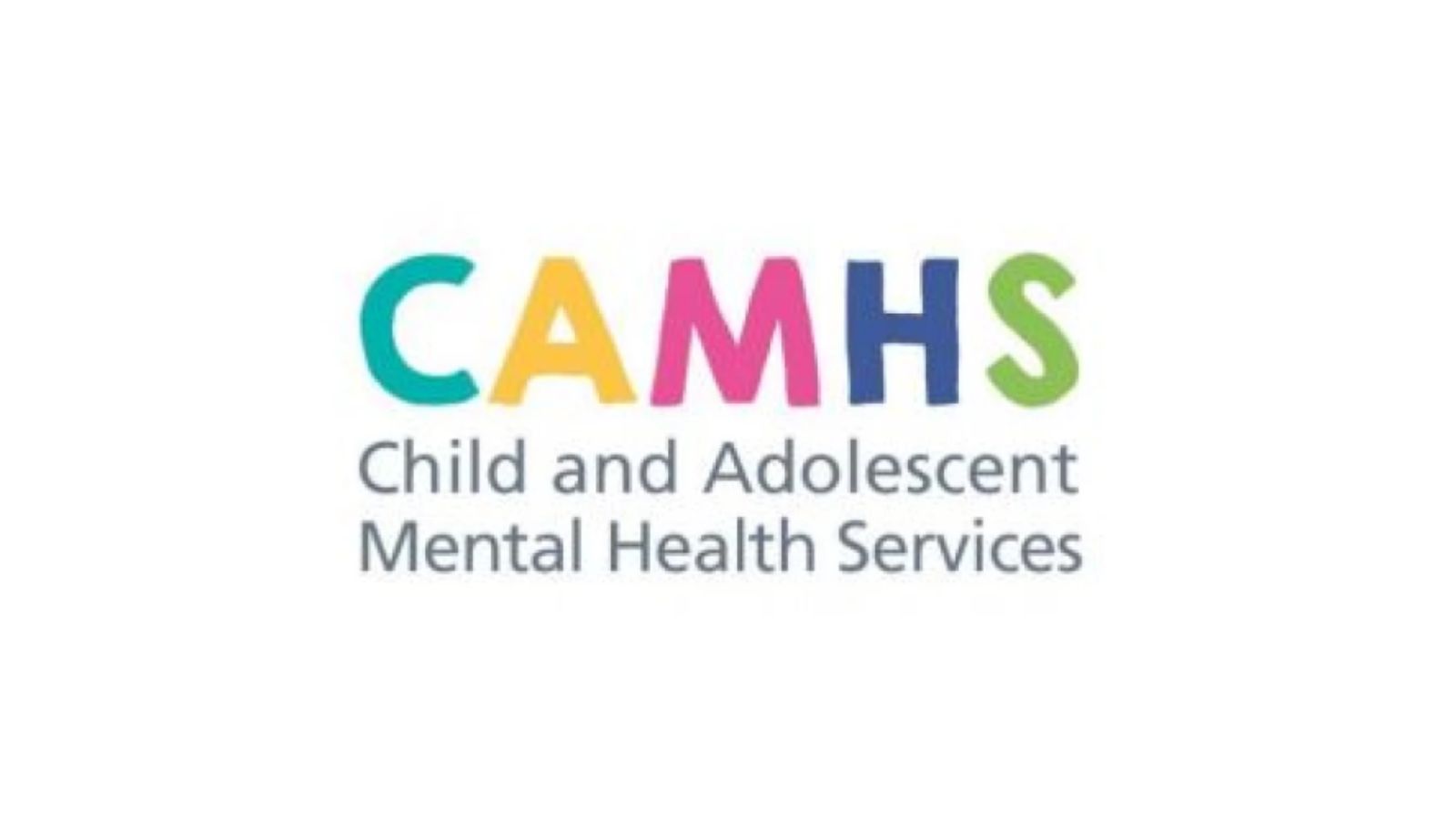
Further support and advice can be accessed via Bury CAMHS
For urgent concerns regarding a child’s mental health/risk contact: CAMHS Duty Team: Monday – Friday, 9am – 5pm on 0161 716 1100
For non-urgent concerns whereby the child is not currently open to CAMHS Bury please contact the consultation line for professionals on 07912453942 available Tuesday-Friday 2.30-4.30 pm.
Apps for teenagers who are self-harming include:
Calm Harm is a free app that helps teens manage or resist the urge to self-harm, identify underlying trigger factors and build a ‘safety net’ of helpful thoughts and behaviours.
Other online resources and Apps can be found here: Resources :: Pennine Care NHS Foundation Trust
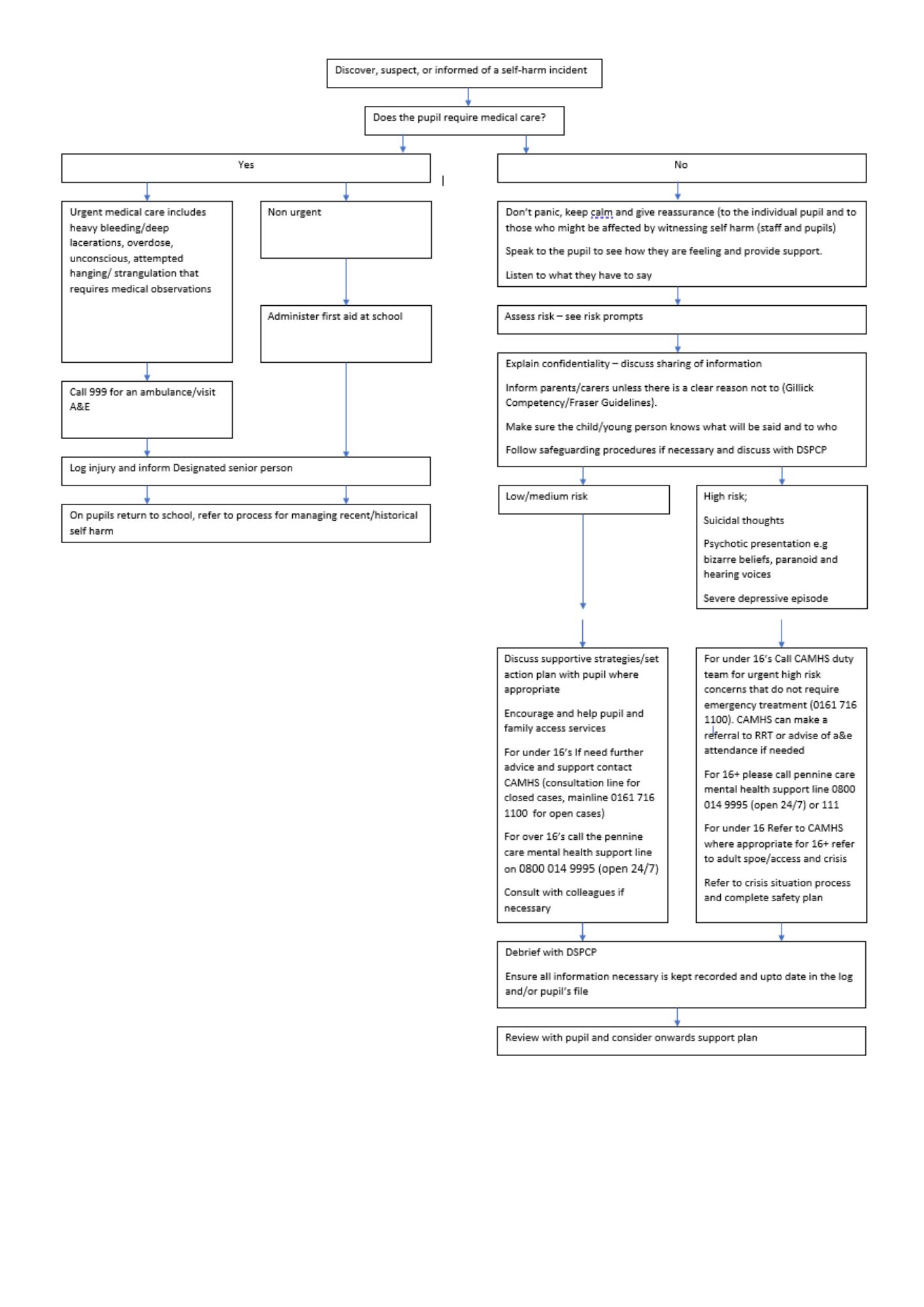
Related Files
Last Updated: 31st Jan 2023, 15:55

